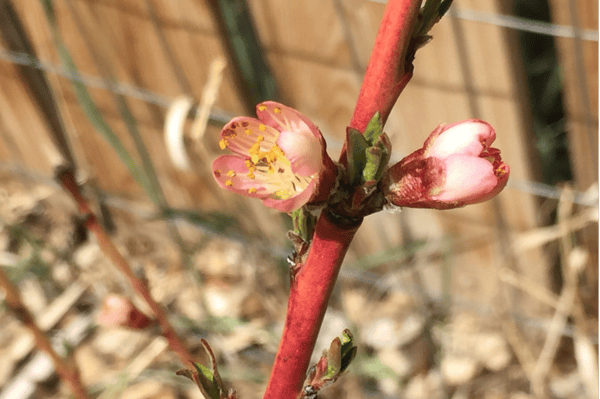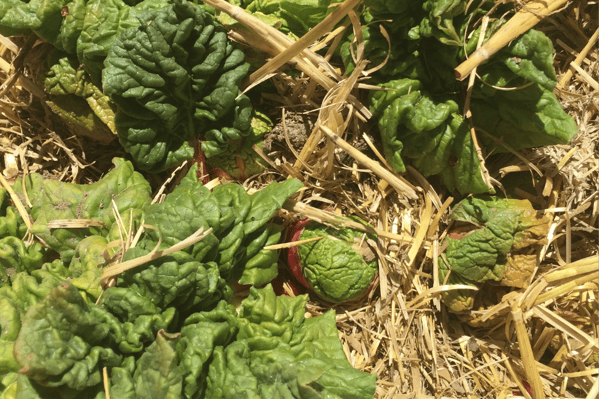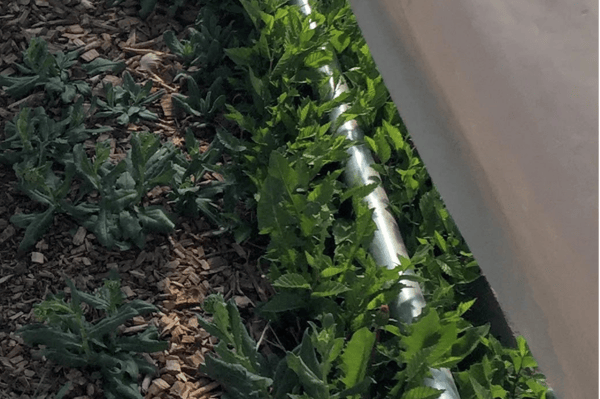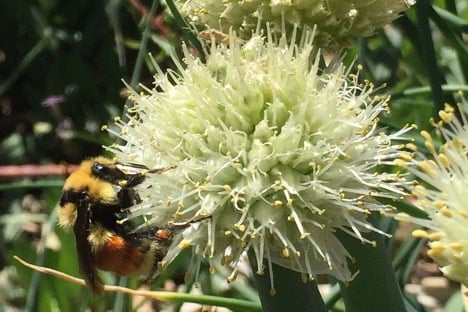What is phenology?
Phenology is the study of the changing seasons. We can observe the changes in plant growth, animal behavior, weather and water patterns- really anything that changes with the seasons.
Why is phenology it useful?
Practicing our observation skills deepens our understanding of a place. Gardeners can use phenology to sync their planting with signals from other plants growing nearby in the landscape. Plant growth is controlled by chemical reactions, and their physiology allows them to keep track of cumulative hours above and below certain temperatures to help them break dormancy and resume growth when (hopefully) the weather is conducive to their growth. One of the effects of warming late winter and early spring temperatures has on perennial plants is causing plants to break dormancy too early, before all the really cold snaps have finished rolling through the area.
 Once trees and shrubs break dormancy, some of their tissues are more susceptible to damage. For example, fully dormant flower buds of apples can survive our bitter below zero winter temperatures. As buds move closer towards blooming, the plant tissue suffers damage at increasingly warm temperatures.
Once trees and shrubs break dormancy, some of their tissues are more susceptible to damage. For example, fully dormant flower buds of apples can survive our bitter below zero winter temperatures. As buds move closer towards blooming, the plant tissue suffers damage at increasingly warm temperatures.
Scientists use phenology to track how climate change affects local places. For example, the date of tulips poking out of the ground, the emergence of insects who spend the winter pupating, and the flowering of dandelions can occur earlier and earlier in the year after warmer winters than after cooler. Over time, patterns of warming can emerge.
Bumblebee on a perennial onion. These are the earliest vegetable to sprout in March (and as early as Feb in my unheated hoop house!) They are a delicious first harvest for us and one of the earliest flowers for the bees in our yard.
Who can do phenology?
Anyone can be a phenologist! All it takes is some time to get outside regularly, notice, and record observations. You can base your spot and observations on any interest. Maybe you love rafting and want to track the flow and wildlife at your favorite put-in spot (or at least one you can visit every month or season). Maybe you love trail running and want to observe changes in your favorite trail (or a certain tree on that trail). You can pick any spot and choose anything seasonal change to focus your observations on!
How is phenology done?
- Choose a place: it can be your yard, a certain hike, a certain spot in your neighborhood, a trail you run year-round, or your favorite fishing spot. Your area can be as small as a single branch on a tree or as large as a mountain you see in the distance.
- Choose how often you will visit and record observations: it can be every day for a month, every week or month for a year, every season for a year, you could even spend a day recording the changes every hour!
- Notice! Use all five senses to really observe your spot.
- Record your observations: again, there's no wrong way for this to happen: draw what you see, record what you hear, take photographs, write what you notice, or take rubbings.
- Reflect on the changes: check your previous records. How have things changed? How may they change in the future? Perhaps you journal some thoughts on the process of repeated observation or the cyclical nature of events.

A peach blooming in late April. These blooms are far more susceptible to cold damage than dormant buds.
 Rhubarb is another early sign of spring in the garden.
Rhubarb is another early sign of spring in the garden.

Some of the early weeds in the garden like whitetop and dandelion tell me when it’s time to plant the cool season crops.
Want to dig deeper into phenology?
A Pinterest search yields a gazillion results of how to create phenology wheels, but here are some of my favorites:
Download seasonal and monthly phenology wheels to print.
Hands On As We Grow: For the youngest phenologists! Preschoolers can record the colors they notice on sturdy paper plate wheels.
Final thoughts
If you do a Pinterest search for inspiration, you will find beyond beautiful watercolors and drawings. Please don't let them intimidate you from trying phenology! It has nothing to do with the product we create; it's all about the process of slowing down and noticing! Most of my phenology records are lists of what weeds are sprouting because I know Shepard's purse is the first to sprout and whitetop (an edible weed) is not far behind to signal planting time for the hardiest greens crops! Potatoes can go in when dandelions bloom.
Lindsay Graves, owner of Fourth Street Farm Kitchen Garden Consulting, designs and builds raised bed vegetable gardens and teaches clients to grow abundant harvests in the mountains. Visit her on the web or follow along on social media: IG: @fourthstreetfarm or FB: @4thstreetfarm to grow your own backyard abundance!








